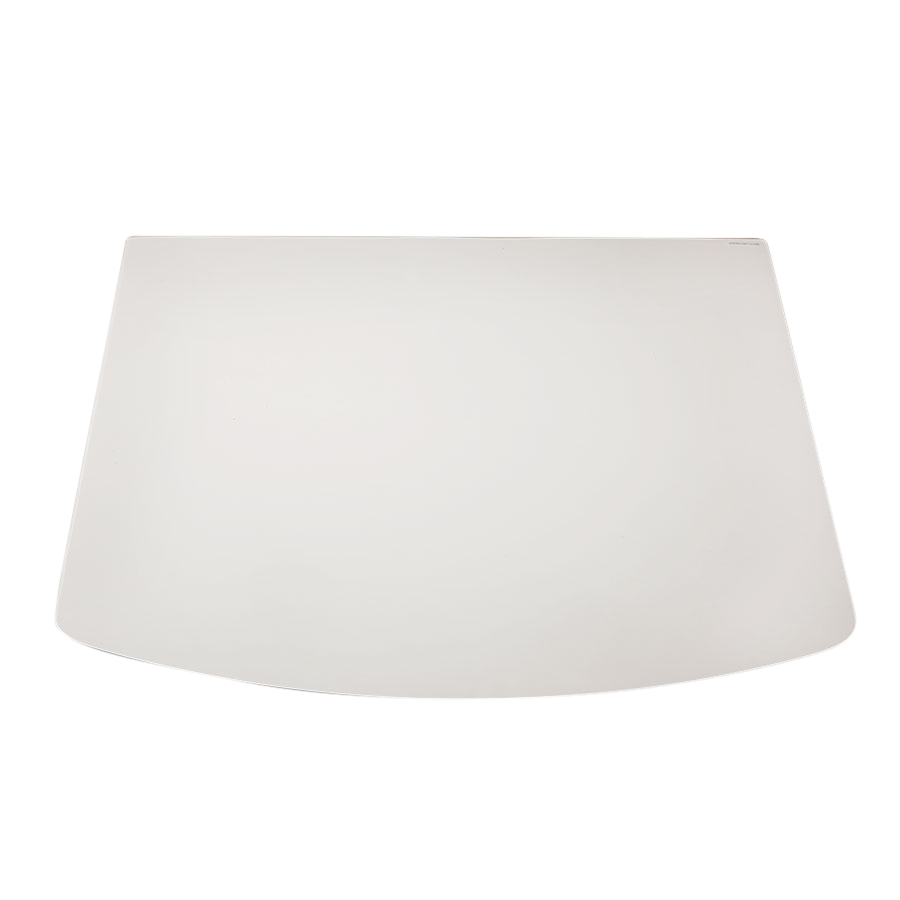Hey all. We are installing a True North TN10 on a hardwood floor.
Reading through the manual I'm a little confused on the floor protection. This is what it says,
"Ember Protection: The stove may be installed on a combustible floor, provided ember protection made from a non-combustible material (a minimum K value of 23.7 btu/ft h °F /the equivalent of 20 Gauge steel) is used."
Are they saying the pad needs to have at least the same K value as 20 gauge steel? I tried to do the K value to R value conversion and came up with a pretty small number.
Does anyone have experience with the TN10? What protection did you use? I'd like the thinnest possible to avoid stubbed toes.
I reached out the True North but have not heard back.
Thanks for the feedback.
Reading through the manual I'm a little confused on the floor protection. This is what it says,
"Ember Protection: The stove may be installed on a combustible floor, provided ember protection made from a non-combustible material (a minimum K value of 23.7 btu/ft h °F /the equivalent of 20 Gauge steel) is used."
Are they saying the pad needs to have at least the same K value as 20 gauge steel? I tried to do the K value to R value conversion and came up with a pretty small number.
Does anyone have experience with the TN10? What protection did you use? I'd like the thinnest possible to avoid stubbed toes.
I reached out the True North but have not heard back.
Thanks for the feedback.



![[Hearth.com] Ember Protection TN10 [Hearth.com] Ember Protection TN10](https://www.hearth.com/talk/data/attachments/286/286528-3f44b7194057d3bbc8f8572fcbe06a61.jpg?hash=LonkjwKbeN)